Fishing in the Barnett Shale

Oil Field Fisherman on the Barnett Shale.
Fishing comes in all flavors. Today’s flavor is Barnett Shale fishing. If you are in any way involved in the drilling boom that’s going on on the Barnett Shale, then may have heard of “fishing” in the drilling process. If you are here because you think this involves fly fishing, feel free to sit back and enjoy the read.
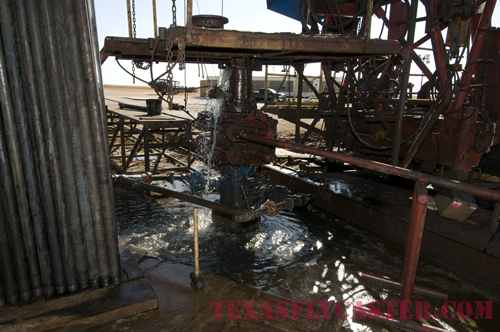
A typical fishing hole on the Barnett Shale in North Texas. Fly fishing it’s not.
An oil field fisherman is a guy who fishes lost tools out of pipe that is part of the drilling of a well. Most times, drilling a well, for gas, oil or both, the process goes smoothly and every step goes off without a hitch. Sometimes, mechanical weaknesses, or operator error leads to pieces, and parts, or tools, being caught, left or jammed in the hole. The fisherman’s job, a very specialized job, is to come in, and using a unique set of tools attached to the tubing running down the hole, fish the objects out of the hole. When it comes to oil well fishing, “You’re either the hero, or a goat” according to one fisherman. Either way, the dollars involved in tools, or worst case, the dollars involved in abandoning a hole, are staggering. You hate to have to call a fisherman, but you love the fact he can get you out of a jam.
 Today Billy, who drives a very nice company truck with a hitch plug reading “Fish Fear Me” showed up to fish our hole. As you can see, Billy is missing a few digits, and joked about losing them noodling, but admitted to having them in the wrong place at the wrong time. Say goodbye to those fingers … slowly in his case.
Today Billy, who drives a very nice company truck with a hitch plug reading “Fish Fear Me” showed up to fish our hole. As you can see, Billy is missing a few digits, and joked about losing them noodling, but admitted to having them in the wrong place at the wrong time. Say goodbye to those fingers … slowly in his case.
In our hole is a set of perforating guns and something called a Gamma Collar Locator and a few other odds-and-ends. Now, some of these items are so expensive that the guys they rent them from showed up to watch the process, and grab their freshly fished rental and whisk it away to another well somewhere else on the Shale (to make more money of course).
The fisherman puts together a series of pipes with his hook being what’s called a grapple, inside one of the oversize pipes, a plunger and a third piece also joins the parade. His fly line today is 9,130 feet of N80 pipe attached to a typical rig you see running down the road these days – about fifty feet tall.
Unlike most mechanical operations I know of, a fisherman seems to possesses a set of senses that border on the supernatural water witch. Once their potion of tools touch the piece they’re after, everything stops, the fisherman touches or grips the pipe in their own unique way to feel what’s happening 9,000 feet away from him. He wants to feel the contact of his fishing tool with the lost pieces. When he feels the right “contact,” he signals the rig operator who torques and jerks the pipe which should engage the grapple inside – securing the grapple to the inside of the pipe and the tool or pieces.
Fishing can take a few hours (the time it takes to run the pipe down the hole), or it can take weeks. There’s not much giving up going on when it comes to saving a good oil well out here in the Middle – ever. Today’s fishing job is still ongoing as I sit down to write this, so if anyone actually wants to see what gets caught – fell free to ask.
Category: Culture on the Skids, Life Observed

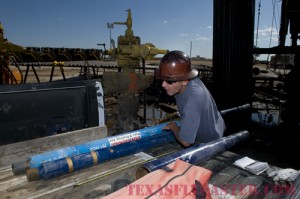
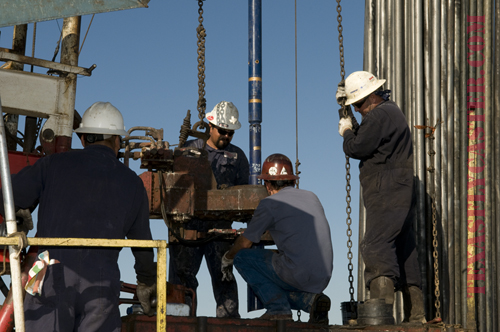
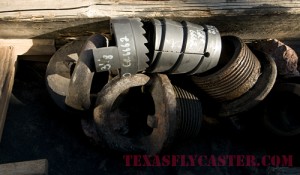
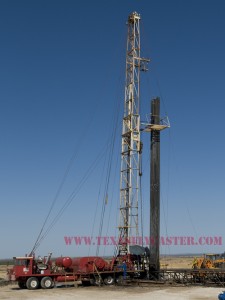






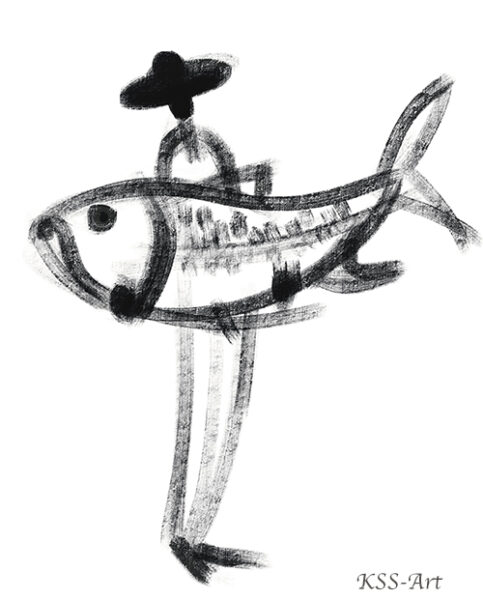


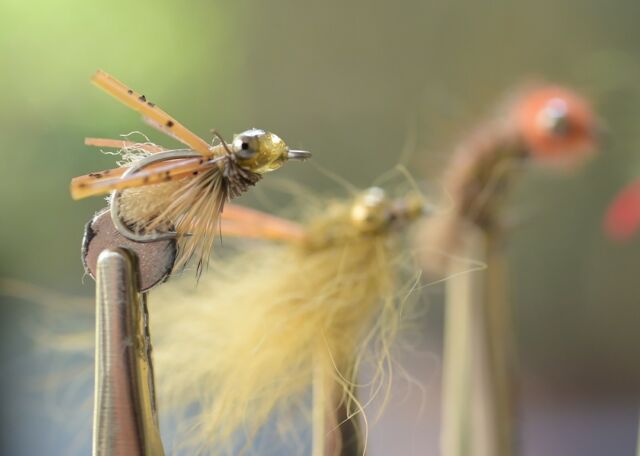
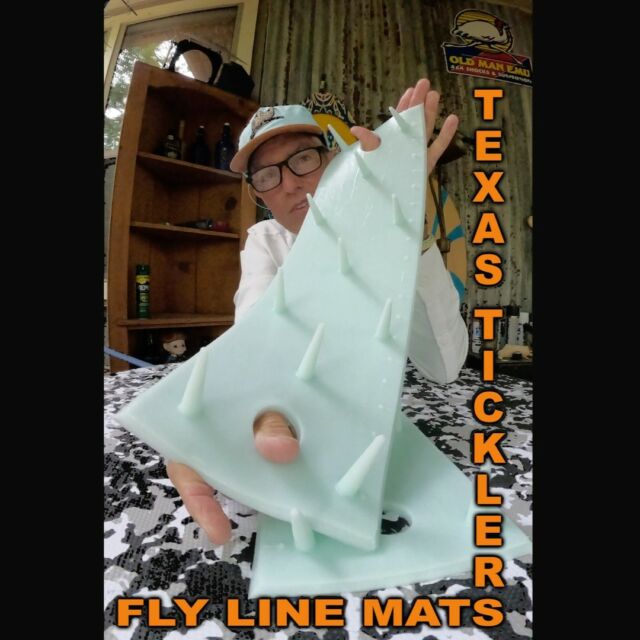
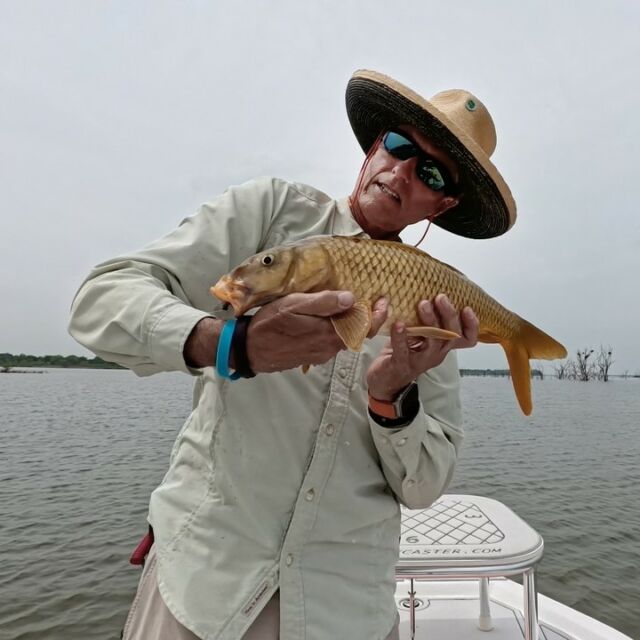
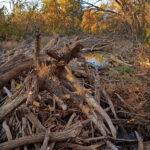
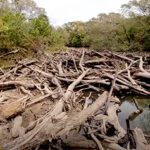

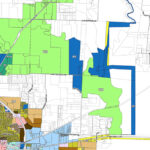

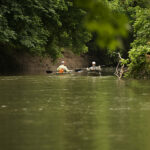


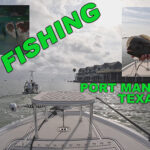

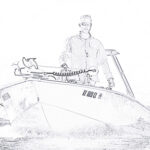
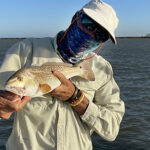


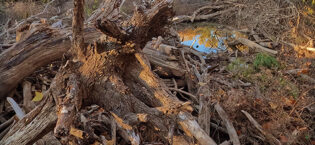
First try failed. Try, try again — just like fly fishing!